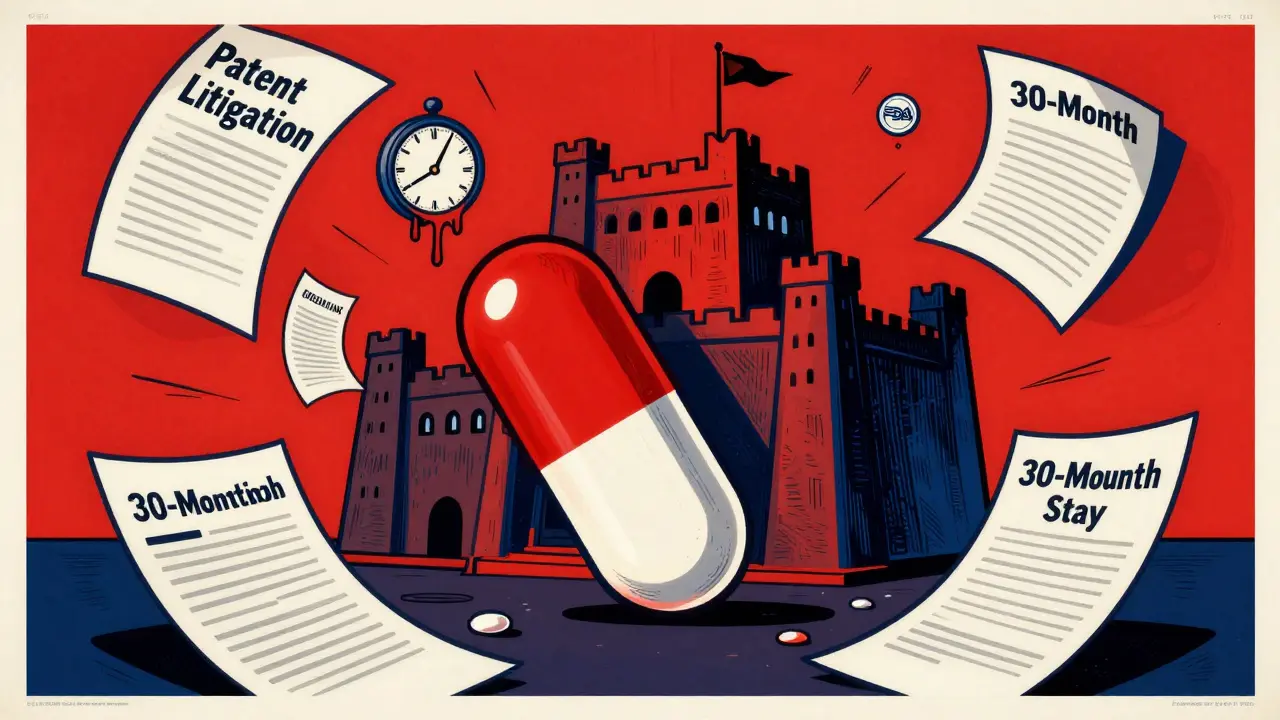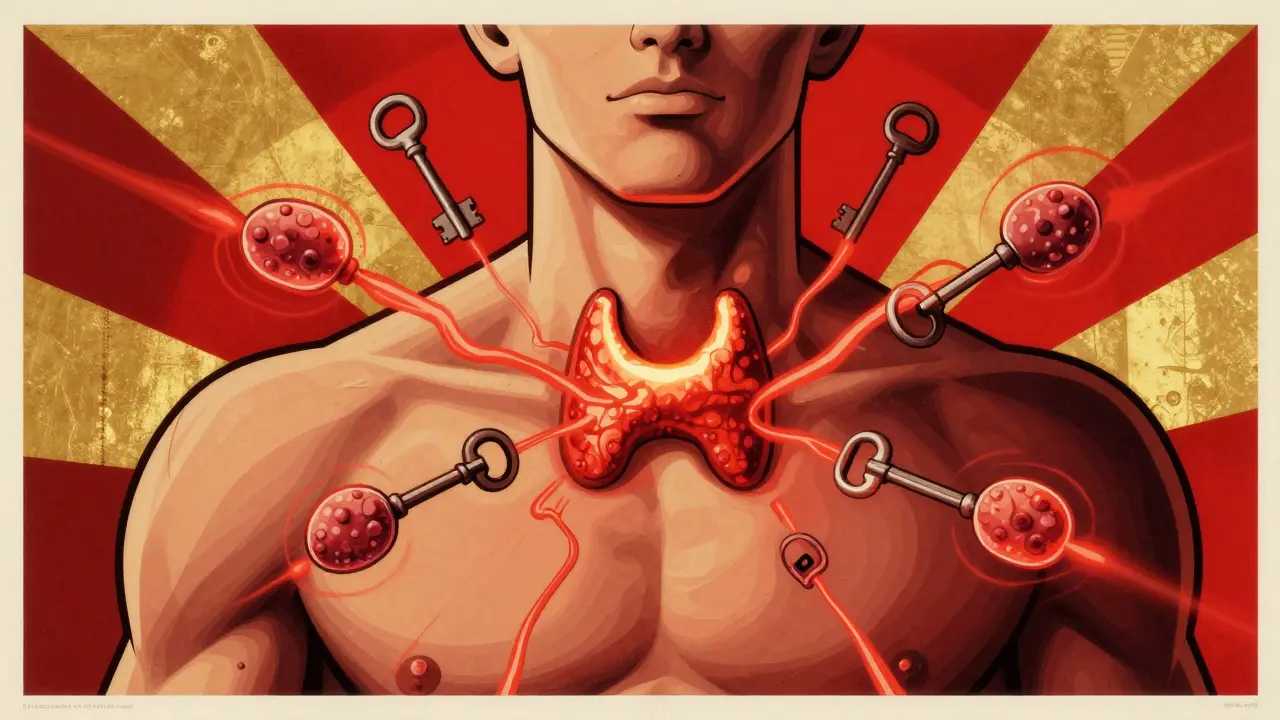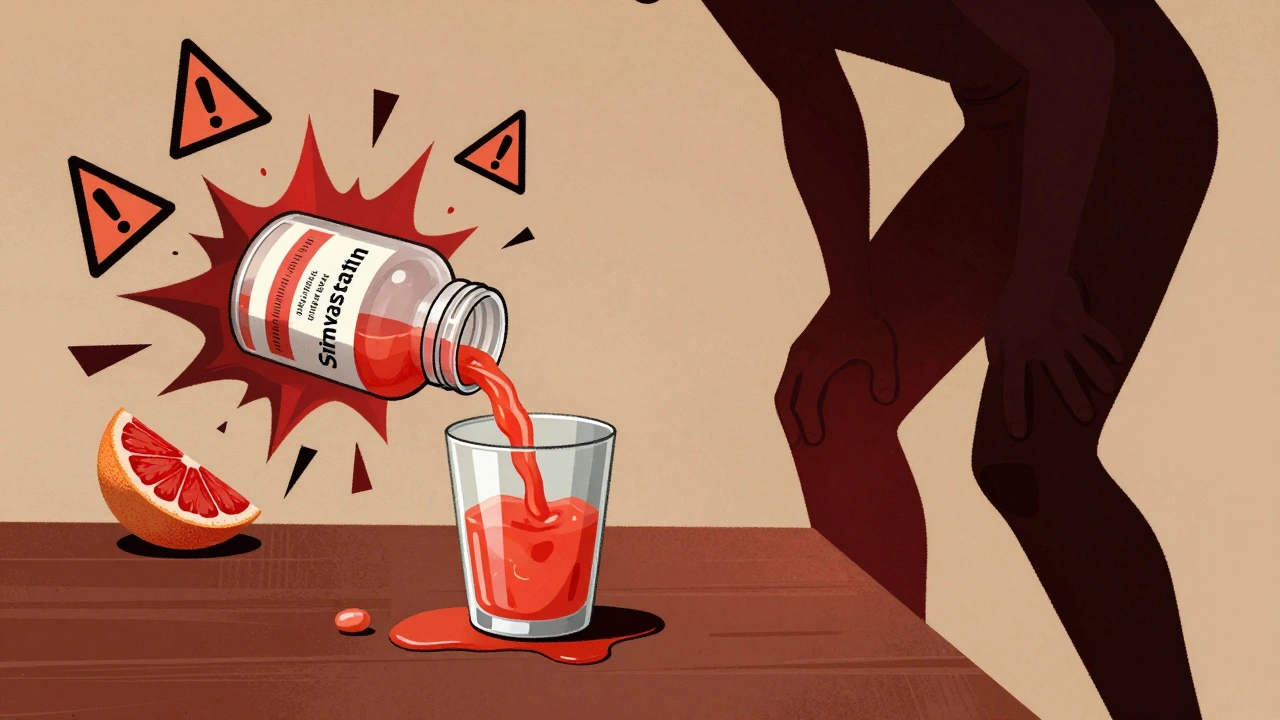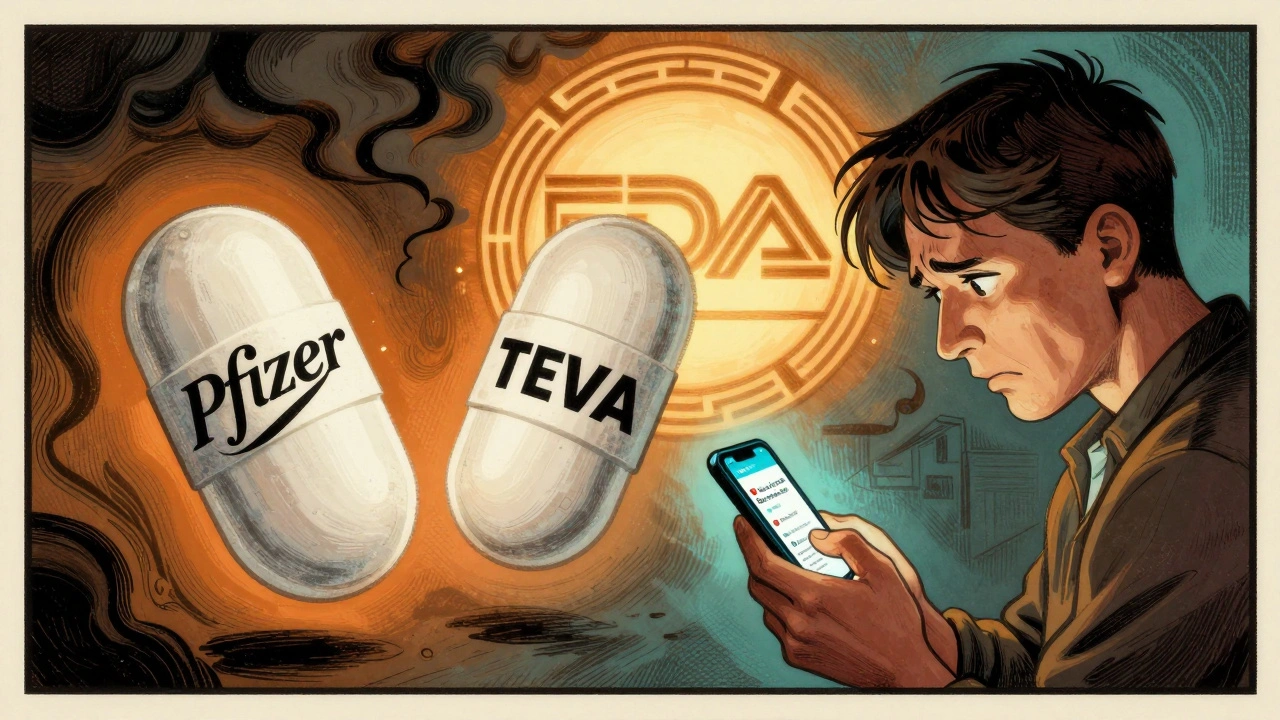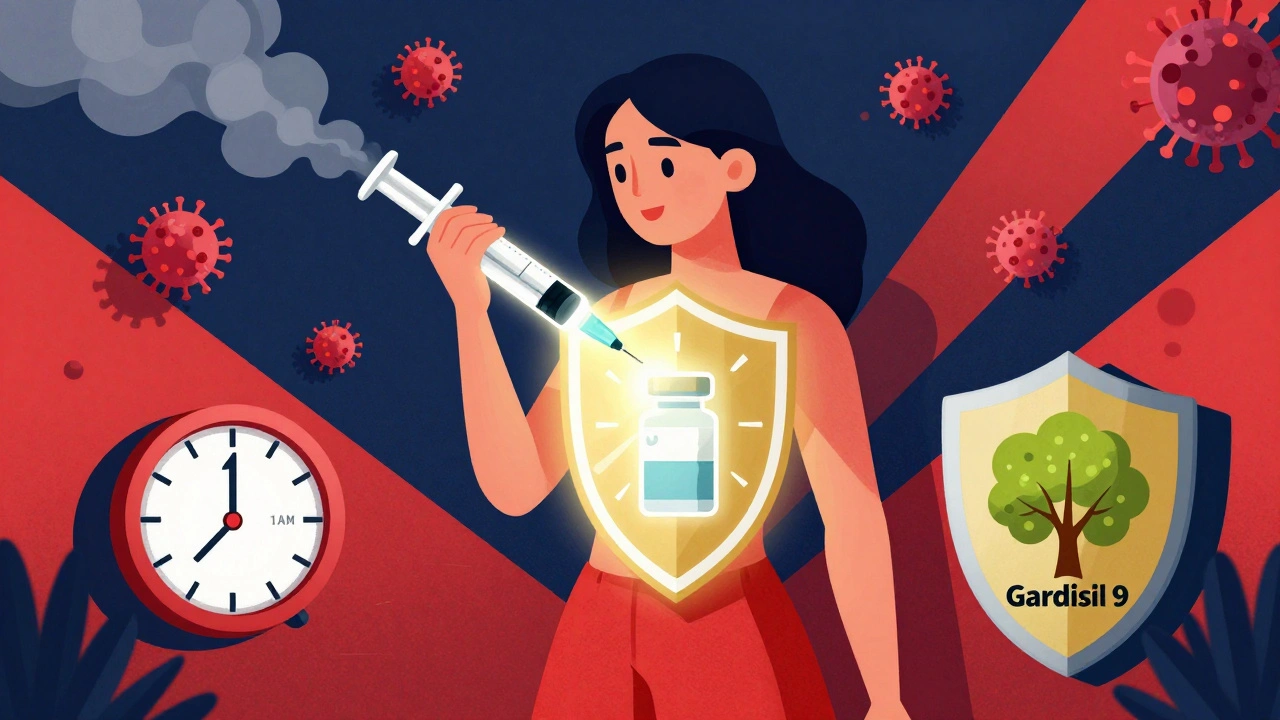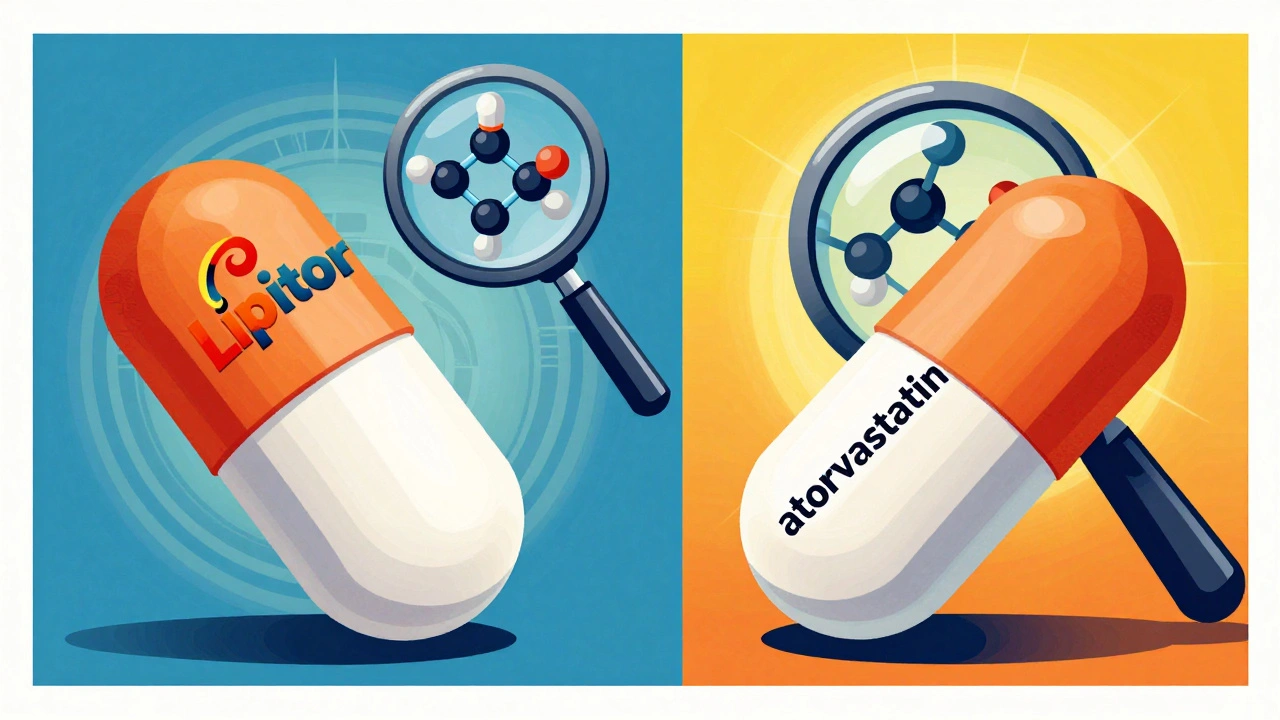Your Cholesterol FAQ – Quick Answers for Lowering Cholesterol
Welcome to the place where you stop guessing and start understanding your cholesterol. Whether you’ve just been prescribed a statin or you’re looking for simple diet changes, this site gives you straight‑forward info you can use today.
Statins and Common Medications
Statins are the most prescribed drugs for high cholesterol, but they’re not one‑size‑fits‑all. We break down how each statin works, typical side effects, and what to do if you experience muscle aches. Need to know about ezetimibe, PCSK9 inhibitors, or over‑the‑counter supplements? We’ve got short, practical guides that compare costs, interactions, and real‑world tips for staying on track.
Diet, Exercise & Everyday Tips
Medication is only half the story. Learn which foods actually lower LDL, how a 30‑minute walk can boost your numbers, and why sleep matters for heart health. We turn the science into bite‑size actions you can fit into a busy schedule, so you see results without feeling overwhelmed.
Jump into a topic, get the facts, and take the next step toward healthier cholesterol levels—all in plain language and no fluff.
Medication Timers and Apps: Best Tools to Improve Adherence in 2025
Medication adherence apps use smart reminders, tracking, and AI to help people take their pills on time. Proven to improve compliance by up to 40%, they're especially helpful for chronic conditions like diabetes and hypertension. Find out which apps work best in 2025.
Learn more...Lot Numbers and Serial Codes: How Track-and-Trace Stops Counterfeit Drugs
Lot numbers and serial codes are the backbone of track-and-trace systems that prevent counterfeit drugs from reaching patients. Learn how these codes work, why they’re legally required, and how you can use them to protect your health.
Learn more...How Pharmacists Communicate Generic Recommendations to Prescribers
Pharmacists play a key role in recommending generic medications to prescribers using FDA guidelines, cost data, and evidence-based communication to improve adherence and reduce healthcare costs.
Learn more...Tentative Approval for Generics: Common Reasons for Delays
Tentative FDA approval for generic drugs doesn't mean they're available yet. Learn why patents, manufacturing issues, and legal delays block most generics from reaching the market - and what's being done to fix it.
Learn more...Replicate Study Designs: Advanced Methods for Bioequivalence Assessment
Replicate study designs are essential for assessing bioequivalence of highly variable drugs. They reduce sample sizes, improve accuracy, and meet global regulatory standards using reference-scaled methods like RSABE.
Learn more...Graves’ Disease: Causes, Symptoms, and Proven Treatment Options for Autoimmune Hyperthyroidism
Graves’ disease is the leading cause of autoimmune hyperthyroidism, affecting millions worldwide. Learn about its symptoms, diagnosis, and the three proven treatment options-medication, radioactive iodine, and surgery-with real-world outcomes and emerging therapies.
Learn more...Probiotics with Antibiotics: How to Reduce Side Effects and Protect Your Gut
Learn how to use probiotics with antibiotics to reduce diarrhea and protect your gut. Discover which strains work, when to take them, and what to avoid for the best results.
Learn more...Anaphylaxis: Recognizing Severe Allergic Reactions and the Critical Role of Epinephrine
Anaphylaxis is a life-threatening allergic reaction that requires immediate epinephrine. Learn the signs, how to use an auto-injector, why other treatments don't work, and what's new in 2025.
Learn more...Grapefruit Juice and Simvastatin: What You Need to Know About Myopathy and Toxicity Risk
Grapefruit juice can dangerously increase simvastatin levels in the blood, raising the risk of muscle damage and kidney failure. Learn how much is unsafe, which statins are safer, and what to do if you're currently taking both.
Learn more...Online Reviews: How Patient Experiences Shape Trust in Generic Medications
Despite being scientifically equivalent, generic medications face skepticism due to patient experiences shared online. Learn how perceptions shape use, why some people feel they don’t work, and what’s being done to close the trust gap.
Learn more...HPV Infections: How Vaccination, Screening, and Early Detection Prevent Cancer
HPV causes most cervical cancers, but vaccination and modern screening can prevent them. Learn how the latest guidelines on HPV testing, self-collection, and vaccines are reducing cancer risk-and what you need to do now.
Learn more...Generic vs Brand Name Drugs: What the Label Really Tells You and Why They Work the Same
Generic drugs contain the same active ingredients as brand-name drugs and are proven to work just as well. Learn how the FDA ensures therapeutic equivalence, why labels look different, and how much you can save.
Learn more...


